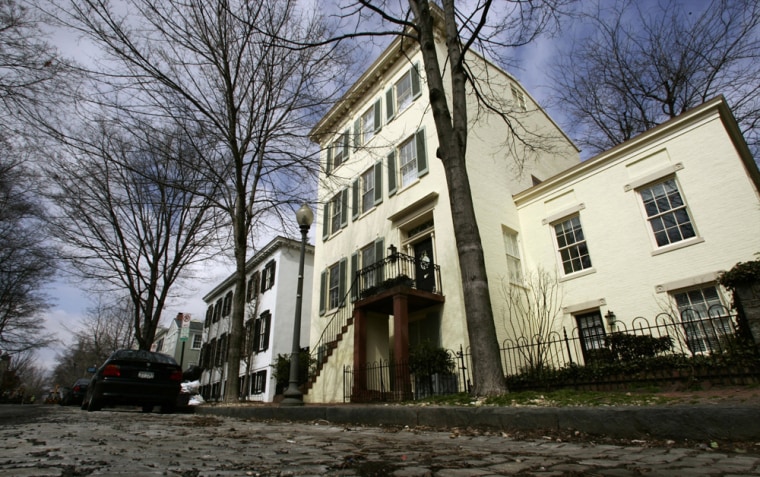In the midst of the recession, New Yorkers are cutting back on everything from dining to luxury shopping. Café des Artistes, one of the Big Apple's most storied restaurants, closed in August, in part because of poor business. Chanterelle followed this month. In July, J.C. Penney opened its first Manhattan location, citing local demand for discount merchandise.
These changes makes sense. New York tops a recent list of America's most expensive cities, with a measured cost of living surpassing that of Houston, Boston and Washington, D.C. The culprit? High rent: $4,300 a month on average for a two-bedroom, unfurnished luxury apartment. The silver lining: That's down $200 from when the survey was taken in 2008.
Los Angeles comes in at second place. Its residents, who also endure high housing costs, can partly blame a long, expensive commute. The sprawling city is home to some of the nation's worst traffic, and unleaded gas at a relatively high 63 cents a liter helps raise transportation costs.
To determine the U.S. cities where the cost of living is highest, the London office of Mercer, an American human resources consulting company, earlier this year measured the prices of the same basket of goods in 253 of the world's cities. The basket is composed of over 200 products, representative of executive spending patterns and including everything from rent for a luxury apartment to the cost of a fast-food hamburger. Mercer chose a sampling of U.S. cities to measure, the ten most expensive of which are listed here.
Location has a lot to do with why New York and Los Angeles top the list.
Before the 1970s, New Yorkers were in a sense paid a premium to live in the Big Apple, due to its reputation for crime and filth. But when the city began to experience robust economic growth, demand outweighed supply, and housing prices grew. Though prices are now dropping, and are largely believed to have yet to hit bottom, the area's cost of living, according to Mercer, remains the nation's highest. Its housing cost, according to Mercer, is almost double that of second-place Los Angeles.
The city of Angels, like New York, attracts go-getters, as well as those looking to live in the city's warm, Mediterranean climate. The recent housing boom lured scores of would-be homeowners who are now facing underwater mortgages and high unemployment as well as footing bills that come with the nation's second most pricey city.
Indeed, as unemployment grows and property values fall, it is becoming harder to make ends meet across the country. All 10 cities measured jumped in Mercer's worldwide rankings. Out of 253 major metropolises around the world surveyed, New York this year ranked 8, up from 22; Los Angeles ranked 23, up 27 places from 2008. The top five most expensive U.S cities also saw their worldwide ranks surge: White Plains, a destination for expats, jumped from 89 to 31; San Francisco from 78 to 34; and Honolulu from 77 to 41.
Yet all is not lost for the residents of the cities on Mercer's list. Many of these spots offer benefits both tangible and intangible. The Washington, D.C., metro area, which encompasses Arlington and Alexandria, for example, boasts a 3.8 percent unemployment rate, according to the Bureau of Labor Statistics. Despite a dismal real estate market, Miami offers vibrant nightlife, and a large consortium of creative professionals. And Boston, while pricey, is home to Harvard and MIT universities, which means there will be a steady stream of new residents to help prop up its local economy.
